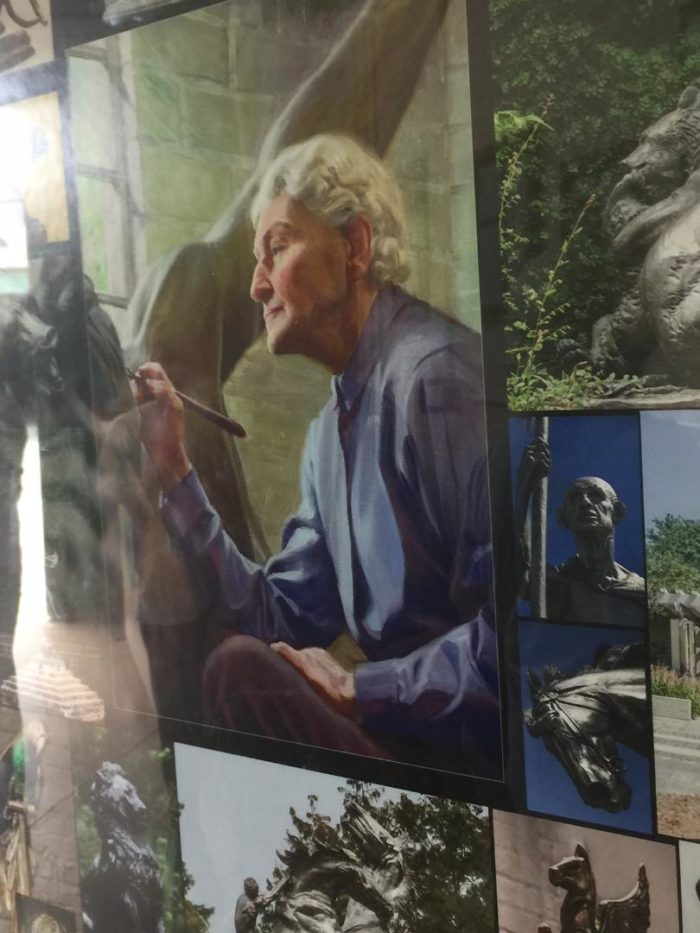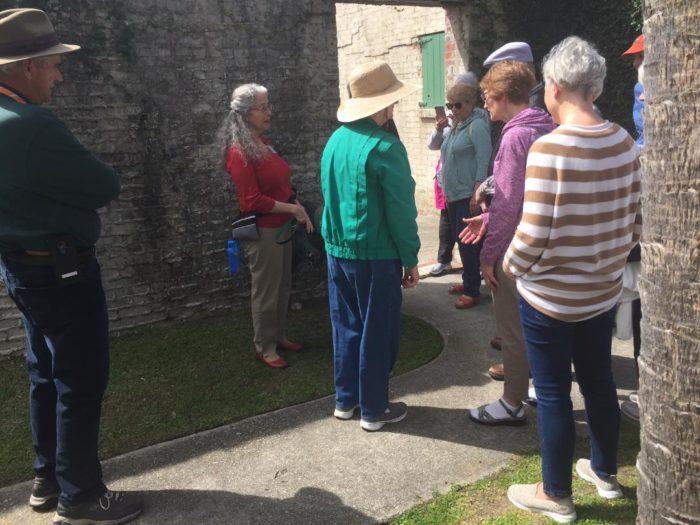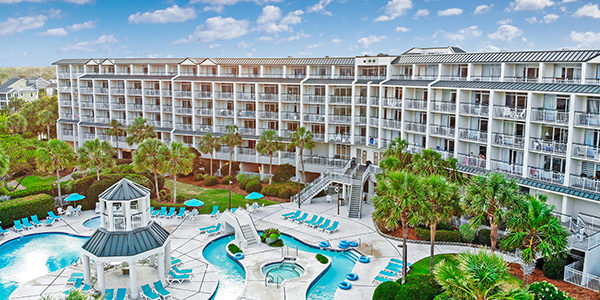
Huntingtons left lasting legacies of art, nature on Pawleys Island area

Atalaya, the Huntington’s winter home, stands as a testament to their many contributions to the Pawleys Island area.
In an era of face masks and hand sanitizer, it’s worth noting that sometimes a good thing can come from a pandemic. In fact, one case of tuberculosis nearly a century ago made a lasting and positive impact on the Pawleys Island area.
When renowned artist Anna Hyatt Huntington contracted TB in the late 1920s, she and husband/philanthropist Archer Milton Huntington came to the South Carolina coast in search of a seasonal home to escape the harsh New York winters.
After purchasing four former rice plantations and preserving more than 9,000 acres of pristine Lowcountry lands, the Huntingtons left behind cultural and environmental treasures Brookgreen Gardens and a state park named in their honor.
The Waccamaw Neck’s original power couple was commemorated with a triple celebration at Huntington Beach State Park. March 10, 2019, would have been Archer’s 150th birthday, Anna’s 142nd birthday and their 97th anniversary – or 3-in-1 Day.
“They called it 3-in-1 Day and we keep it going every year,” said Karen Korszeniewski, one of the Friends of Huntington Beach State Park that hosted the event. “They did so much for this area so we want to keep their memories alive.”
Although obviously unable to attend, the Huntington’s presence was apparent throughout Atalaya, the Spanish castle in the sand they built and lived in. It was a fitting venue to honor their major life events long after their deaths.

The Huntington’s presence was felt throughout the walls and halls of Atalaya at 3-in-1 Day.
Romance of the Romantics
As the adopted heir to the Transcontinental Railroad fortune, valued at more than a billion dollars by today’s standards, Archer Milton Huntington had it all – wealth, power, accolades. Everything, that is, except for his true love.
A poet, industrialist and a leading scholar in Hispanic studies, Archer’s lone failure was an unsuccessful first marriage that left him emotionally empty while packing on extra pounds to his 6-foot-5 frame – at least until he met Anna.
An accomplished sculptor at a time when few women were accepted in the field, Anna was best known for her Joan of Arc statue in New York City, where the couple first met. But her greatest work might have been remolding Archer into shape.
“They fell in love, and they truly were kindred spirits,” said Friends of Huntington Beach State Park president Sandra Barnes. “They also had a mutual love for the arts and nature, so Atalaya, Brookgreen Gardens and what became Huntington Beach State Park were their true passions.”
Fueled by Archer’s money and philanthropic spirit and Anna’s creativity and dogged determination, the Huntingtons pursued those passions with unbridled enthusiasm, transforming the area’s abandoned rice fields into a national treasure.
Anna turned Brookgreen Gardens into the ideal natural canvas to display her works alongside the foremost sculptors of the day. Archer collected pieces by starving artists and led various cultural, educational and environmental causes.
For all the influence the duo had around the world, perhaps no place benefitted more from it than the Pawleys Island area. Still recovering from post-Reconstruction poverty, the Waccamaw Neck community found friends in the Huntingtons.

Anna Huntington was one of America’s foremost sculptors of her era.
Importing Enlightenment
The Huntington’s brought enlightenment to this once-darkened corner in more ways than one. At a time when Brookgreen Gardens was accessible only by boat and the community had no electricity, the Huntingtons were a literal ray of light.
“The closest town with electricity was Georgetown, and that was before (Highway 17) ran through here,” said HBSP interpretive ranger Mike Walker. “Mr. Huntington had power run to Atalaya and paid for the people living along the lines.”
The Huntingtons also carried the torch of knowledge, building schools on the Brookgreen property and Sandy Island to educate children from both races. They pumped money into the local economy and provided jobs when they were most needed.
“They were doing all these things during the 1930s, in the height of the Great Depression,” Korszeniewski said. “They were employing people at a time when there weren’t many jobs around here. They were a big part of the local economy.”
But their brightest local legacies are Brookgreen Gardens, an awe-inspiring spectacle that merges the beauty of art and nature, and Huntington Beach State Park, which preserves some of the most diverse ecosystems on the East Coast.
Their impact on the area continues well after their deaths. Archer passed away at the age of 85, and Anna lived to the ripe age of 91. They are buried at Woodlawn Cemetery in New York, but their footprints remain throughout the Waccamaw Neck.

Visitors took tours of Atalaya and learned about the Huntingtons on 3-in-1 Day.
